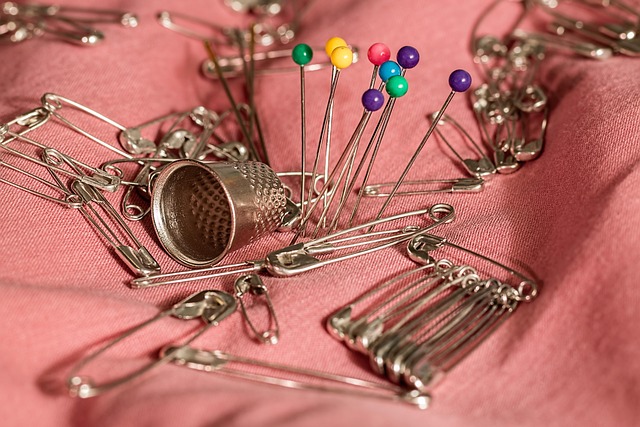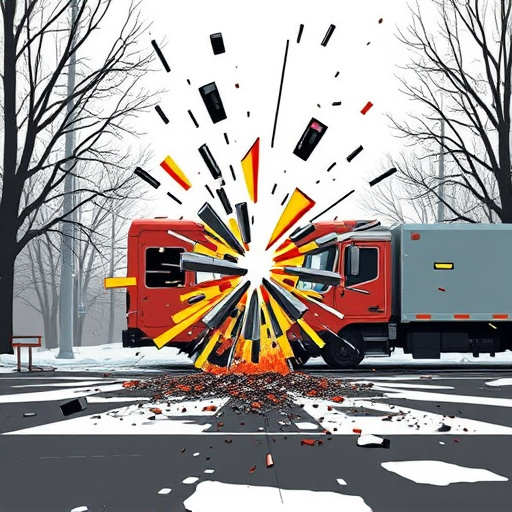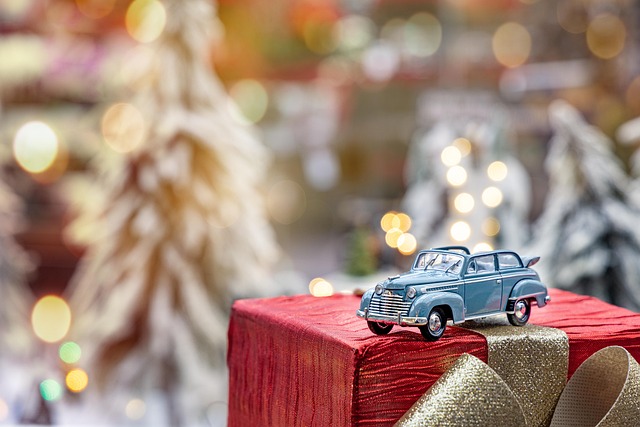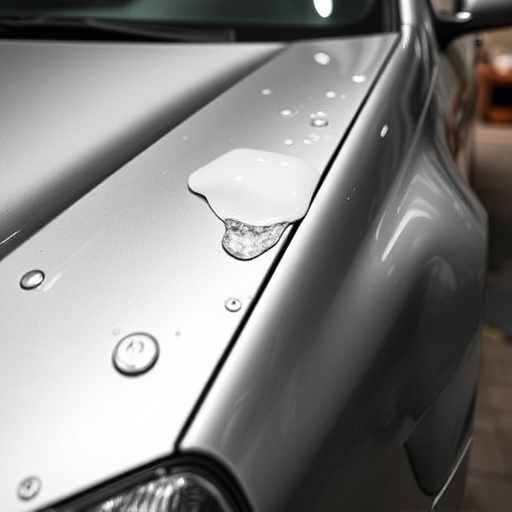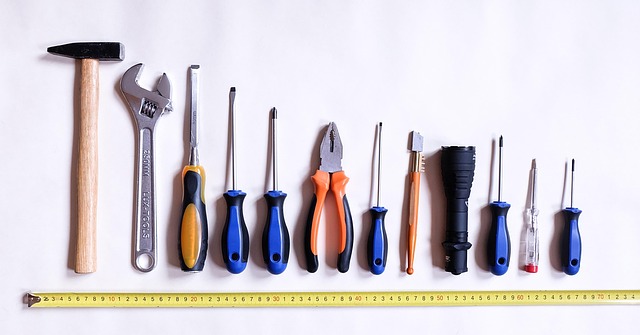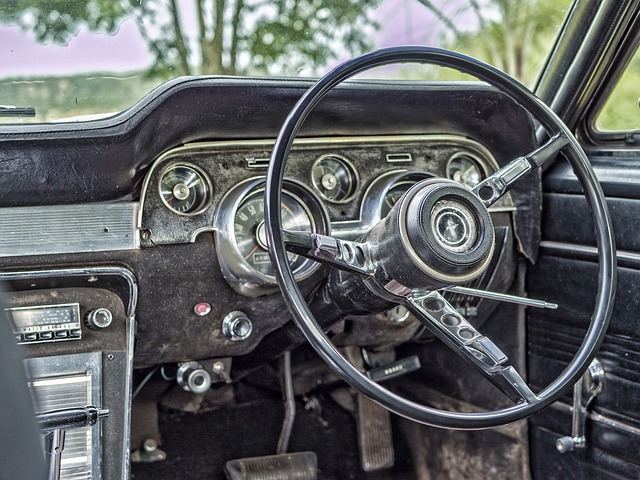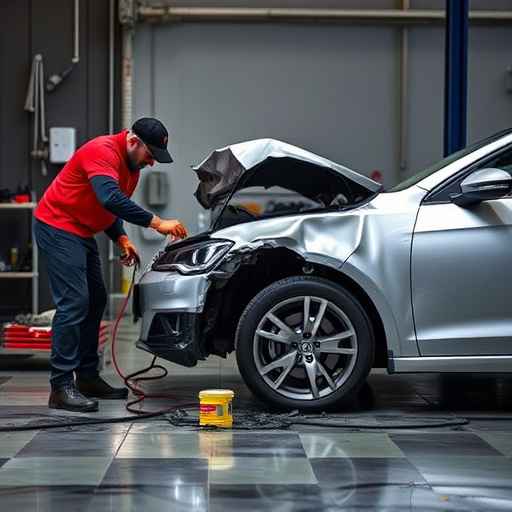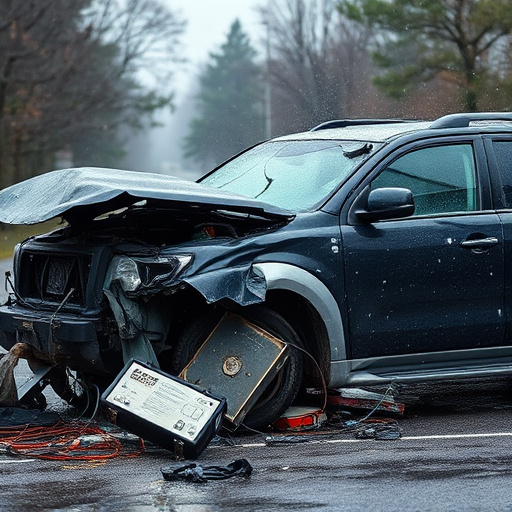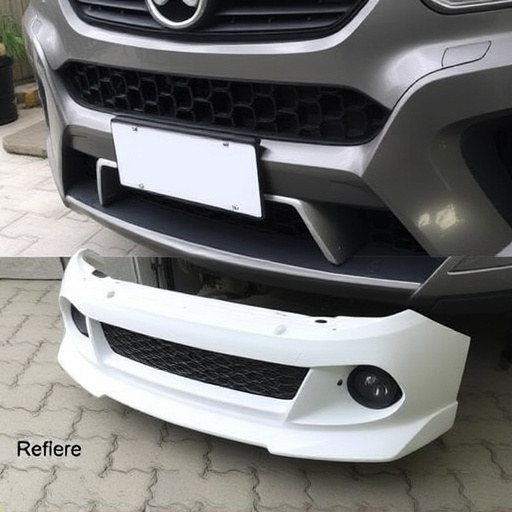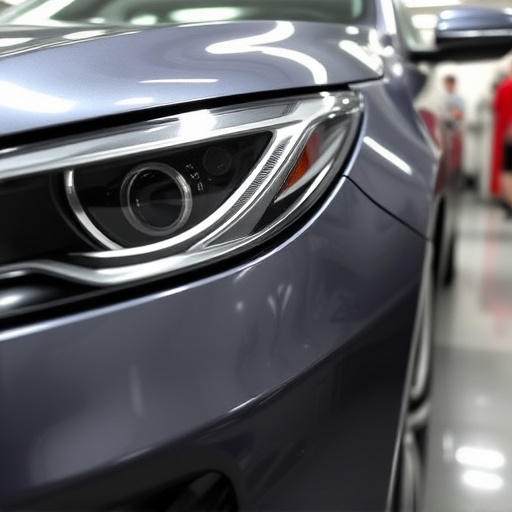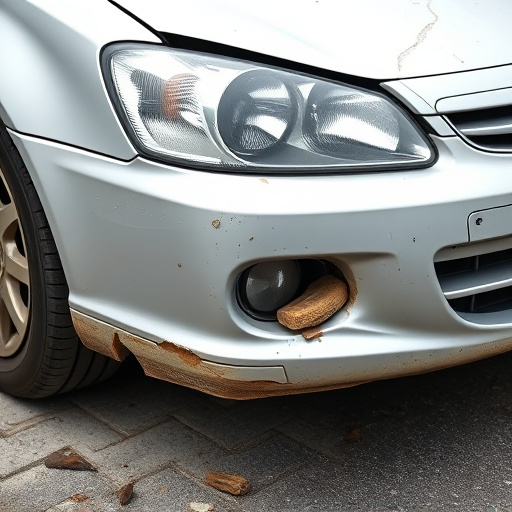Plastic body part repair is a specialized process for polypropylene and polyethylene car parts, damaged in accidents or everyday use. It includes heat treatment, injection moulding, and manual restoration for both structural integrity and aesthetic appeal. This meticulous method offers cost savings, quicker turnaround times, and seamless finishes compared to traditional metal repairs, encouraging prompt action by vehicle owners to maintain car value and safety features like those found in Mercedes-Benz models. Auto body shops find this an attractive option due to its efficiency and affordability.
“In today’s world, minor bumps and scratches on vehicles are inevitable. That’s where plastic body part repair comes into play, offering a cost-effective solution for bumper and panel damage. This article delves into the intricacies of understanding plastic body part damage and explores effective repair techniques. We’ll guide you through the process, from assessment to restoration, ensuring like-new condition. Additionally, we’ll discuss the numerous benefits and considerations of choosing plastic body part repair as a sustainable and efficient automotive care option.”
- Understanding Plastic Body Part Damage and Repair Techniques
- The Process of Plastic Bumper and Panel Restoration
- Benefits and Considerations for Choosing Plastic Body Part Repair
Understanding Plastic Body Part Damage and Repair Techniques
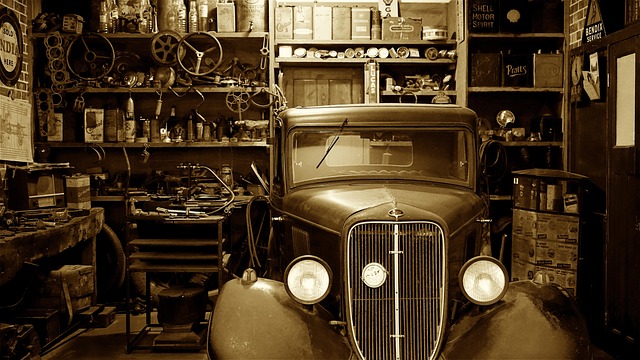
Plastic body part damage, particularly on bumpers and panels, is a common occurrence in the world of automotive accidents and everyday wear and tear. These parts are often made of polypropylene or polyethylene, materials that can bend, crack, or break when subjected to force. Understanding the nature of this damage is crucial for effective repair, ensuring not just visual restoration but also structural integrity.
Repairs typically involve a combination of techniques such as heat treatment, injection moulding, and manual restoration. Heat treatment softens the plastic, allowing it to be remodelled without damaging the underlying structure. Injection moulding is used to replace missing or damaged sections with precise, custom-made parts. Manual restoration techniques, employing tools and expertise, smoothen out dents and cracks, restoring the car body to its original condition. Auto collision repair specialists often use these methods in tandem, ensuring not just a seamless finish but also a robust and safe vehicle.
The Process of Plastic Bumper and Panel Restoration

The process of plastic bumper and panel restoration involves a meticulous approach to return damaged vehicle components to their original state. It begins with careful assessment to determine the extent of the damage. Skilled technicians use specialized tools to remove any dented or cracked areas, ensuring precision and minimal material loss. The surface is then cleaned thoroughly to eliminate dirt, grease, or debris that may hinder the repair process.
After preparation, the actual repair takes place. This often includes heating the plastic to a specific temperature, making it pliable for reshaping without compromising structural integrity. For complex dents, custom molds might be crafted to achieve a perfect fit. Once repaired, the bumper or panel is painted to match the vehicle’s exact color specification, ensuring an invisible repair that blends seamlessly with the rest of the car. This process not only restores the aesthetic appeal but also maintains the safety features designed into modern automotive plastic body parts, such as those found in Mercedes-Benz repairs.
Benefits and Considerations for Choosing Plastic Body Part Repair

Choosing plastic body part repair for bumpers and panels offers numerous advantages for both vehicle owners and auto body shops. One of the key benefits is its cost-effectiveness compared to traditional metal repair methods. Plastic is generally less expensive, making it a more budget-friendly option for minor damages. This not only saves customers money but also encourages them to address smaller issues promptly, preventing larger, more costly repairs down the line.
Additionally, plastic body part repair is quicker and more efficient than auto body painting or metal welding. The non-destructive nature of plastic allows for faster restoration, reducing downtime for vehicle owners. Moreover, modern plastic repair techniques can match the original finish perfectly, ensuring a seamless and visually appealing repair that maintains the vehicle’s overall value. This consideration makes it an attractive option for those prioritizing both aesthetics and affordability in their auto body repair services.
Plastic body part repair, including bumper and panel restoration, offers a cost-effective and efficient solution for vehicle damage. By utilizing advanced techniques and materials, this process not only enhances the aesthetic appeal but also ensures structural integrity. Choosing plastic body part repair is a smart decision, as it provides long-lasting results, saves on replacement costs, and minimizes downtime, making it an ideal choice for those seeking top-notch vehicle restoration without breaking the bank.
